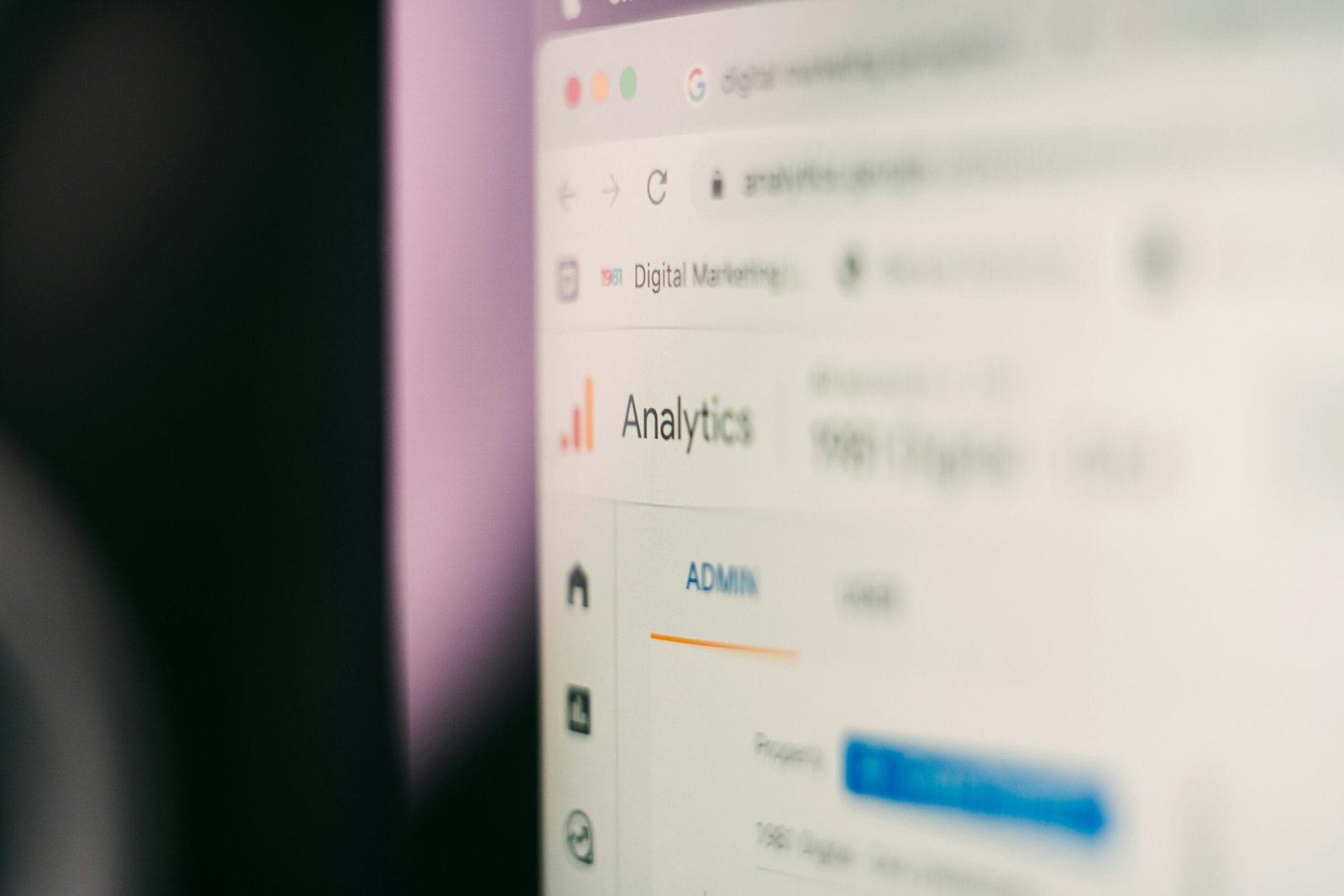In today’s world, where multitasking is the norm, the ability to manage time effectively has become one of the most valuable skills. Time management is not just about doing more but about doing the important things while maintaining a balance between work and personal life. In this article, I’ll share advanced techniques and strategies to help you boost productivity, avoid burnout, and reach ambitious goals.
Understanding Goals: Why and For What?
Before optimizing your day, it’s crucial to understand why you’re doing what you’re doing. Setting goals should be based on their significance to you, not just what seems important. Ask yourself:
- What is the ultimate goal of this task?
- Why is it important right now?
- What results do I want to achieve?
A clear understanding of the purpose will not only help prioritize correctly but also avoid unnecessary tasks.
The “Daily Reflection” Technique
This technique involves regularly analyzing your day. At the end of each day, spend 5-10 minutes evaluating the tasks you completed. Ask yourself:
- What planned tasks were accomplished?
- Which tasks took more time than expected?
- Where did I lose time and why?
Such daily analysis helps identify “time leaks” and adjust your approach to planning.
Three Energy Levels: Managing Energy, Not Time
One of the most effective approaches to time management is managing your energy, not just your time. Divide your day into three energy levels:
- High Energy: Morning or whenever you feel most alert. Use this time for the most challenging tasks.
- Medium Energy: Work on tasks of medium importance that require less focus.
- Low Energy: Handle routine tasks that don’t demand much effort.
This approach allows for effective use of peak productivity periods.
The “Zero Inbox” Method: Managing Information Flow
The constant influx of information (emails, messages, notifications) can be distracting and reduce productivity. Use the “Zero Inbox” method to regularly clear your inbox and control incoming messages. Here’s how:
- Check your email 2-3 times a day at specific times.
- Each time, either handle the email, defer it for later, or delete it.
- Create a folder system: “Urgent,” “Later,” “Information.”
The “20/80” Principle or Pareto’s Law
The Pareto Principle states that 20% of efforts bring 80% of results. This means that not all tasks are equally important. Focus on those that have the most significant impact and avoid spending time on minor tasks. To apply this principle:
- Identify key tasks that yield the greatest results.
- Stop doing what doesn’t bring noticeable results.
- Optimize processes and automate routine tasks.
Leveraging Technology: Smart Tools for Time Management
Using digital tools and apps can help you better manage your time. Here are some recommendations:
- Trello and Asana: For organizing tasks and projects, tracking progress.
- RescueTime: For analyzing where your time goes.
- Forest: For boosting focus and blocking distracting websites.
- Calendly: For automating meetings and optimizing your calendar.
Rest – An Essential Part of Productivity
We often underestimate the importance of rest, assuming that more work leads to better results. In reality, constant stress reduces the quality of work and leads to burnout. Follow these tips:
- Micro-breaks: Take short breaks every 60-90 minutes for 5-10 minutes.
- Digital Detox: Limit gadget use before bed and on weekends.
- Physical Activity: Include exercise or walks throughout the day to improve concentration.
Effective time management is not a race to complete as many tasks as possible but rather the ability to focus on what truly matters. It allows you to achieve your goals, improve the quality of your life, and feel more balanced. Try implementing the suggested techniques and approaches in your daily routine, and you’ll notice how you start accomplishing more with less stress.





